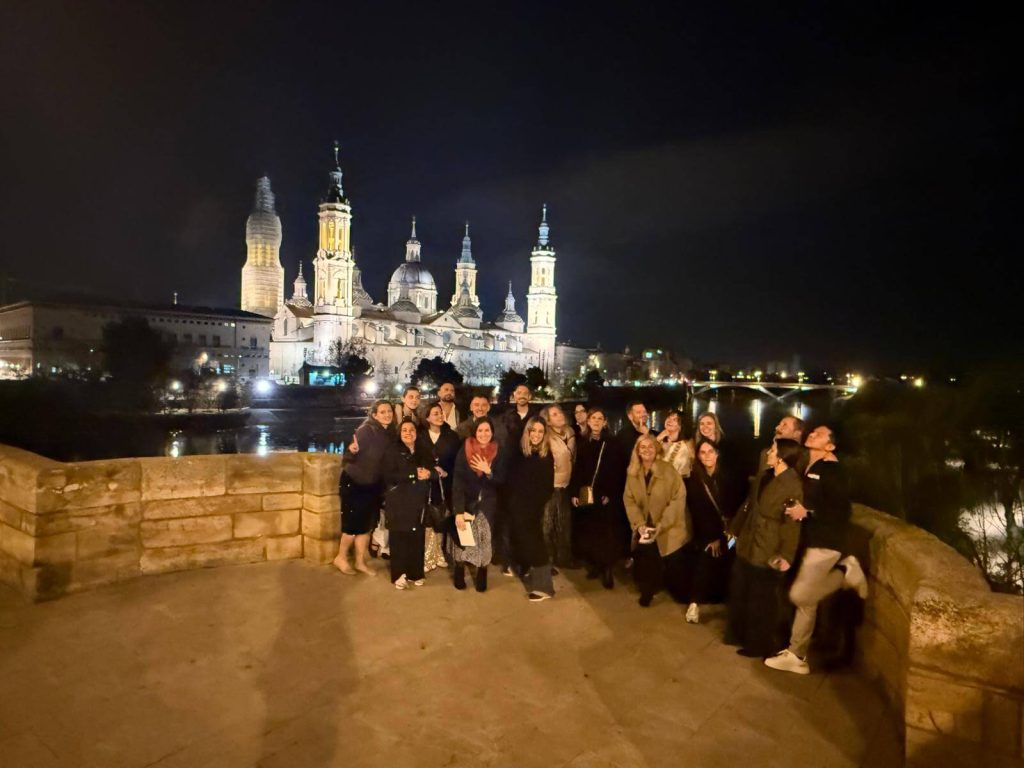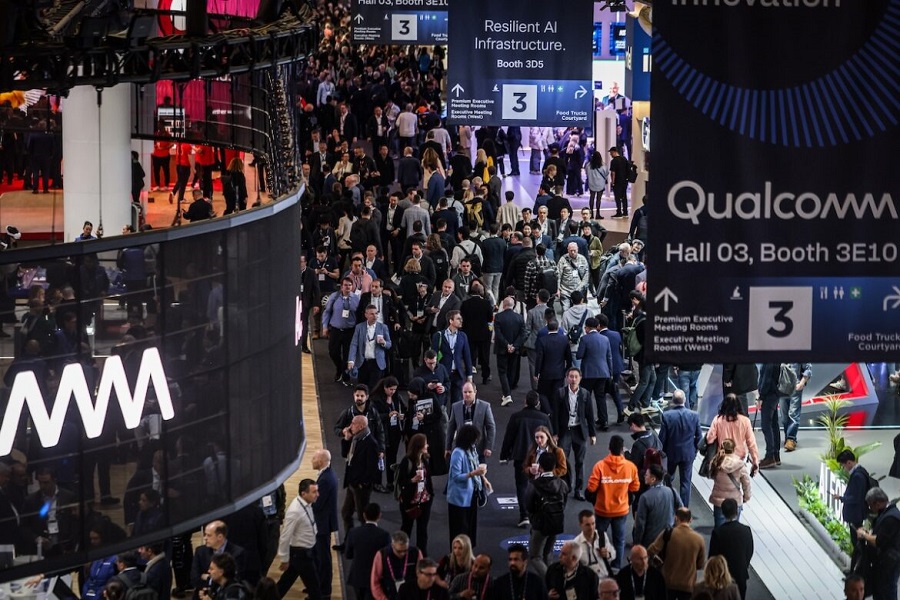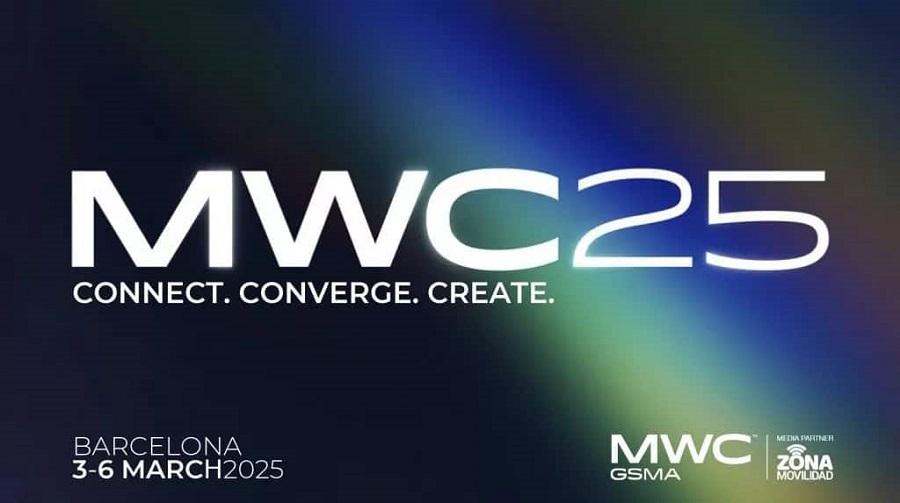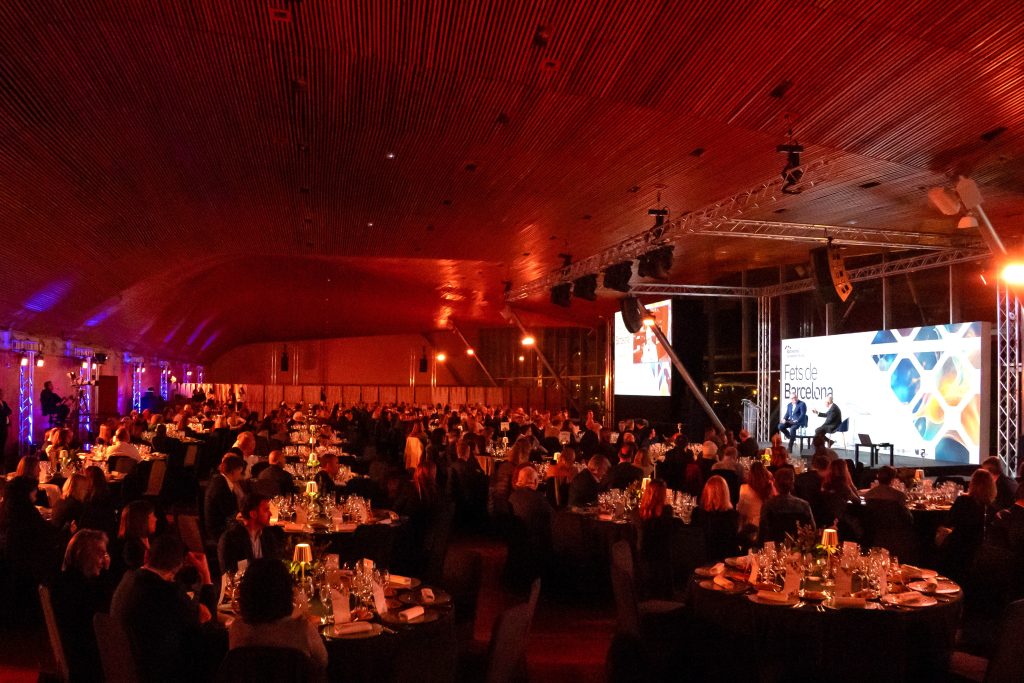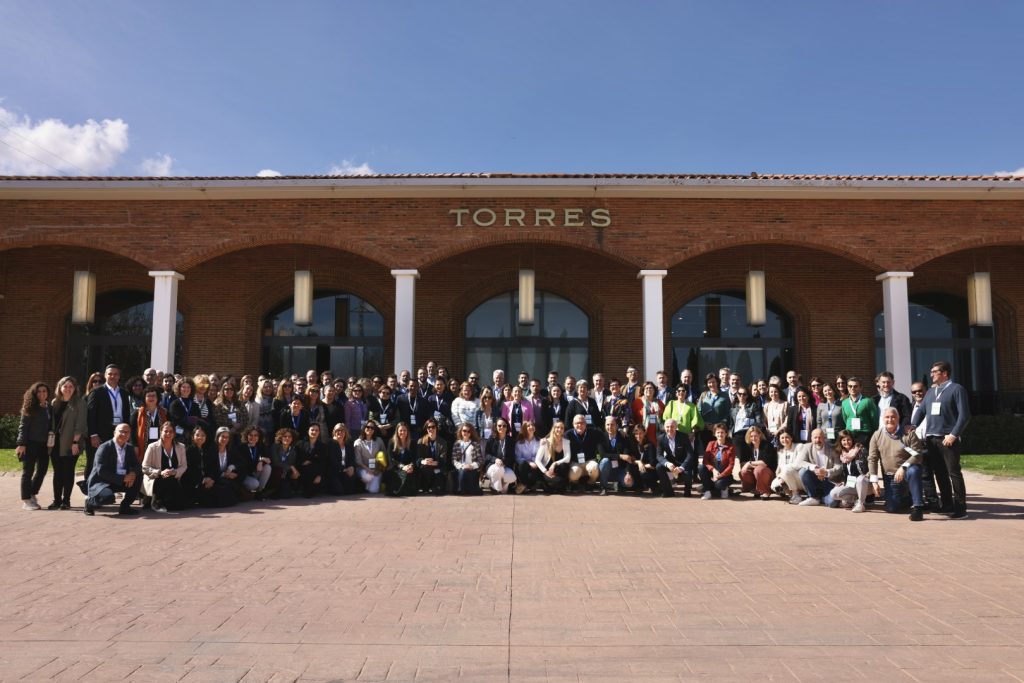Meetings saving lives: ESTRO’s CEO Alessandro Cortese tells us about the impact of congresses
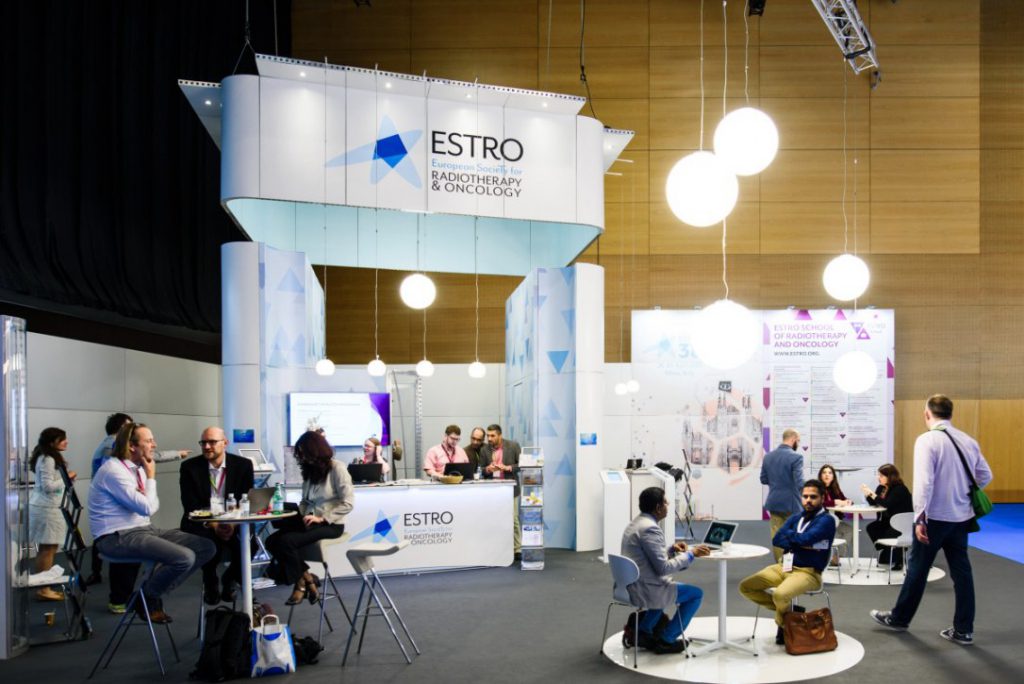
Share news
Listen
You have made legacy a central component of your meeting strategy, how would you define it?
For us, the concept of legacy is at a level which is beyond strategy, it is vision. It is absolutely central in our way of conceiving, planning our meetings, and selecting the destination. We try to convert this vision into a measurable outcome, and define how we can improve the outcome for the patients, which are the ultimate beneficiaries of the work of our members.
Let me explain: you have a number of cancer patients, and very often, you have a gap between the optimal treatment, in terms of scientific evidence, and the actual therapy that the patients receive. This is something we measure in each country. In general terms, 50% of cancer patients will need radiotherapy at some stage of their treatment, and only about 3/4 of these patients receive it. The result of this imperfection is that about 300.000 people a year die in Europe, which could be avoided if the gap was closed.
We have also conducted studies to know why there is this gap. It is not a simple causal explanation; several factors interplay, differently in national contexts. The gap may be affected by:
- Lack of available equipment
- Lack of qualified staff (doctors and nurses)
- Lack of referral pathways for the patient (a patient is not referred to radiotherapy when he/she should by other medical professionals)
- Patient’s beliefs, lack of knowledge and awareness about the potential clinical benefit of Radiotherapy.
We track how our activity impacts on these 4 pillars, and plan our congress to work on them in the host country (for instance, how to help make better machines available, how to train healthcare professionals, how to define multidisciplinary protocols so people are referred, etc.). And to know if our congresses do have an impact, we measure the gap between optimal and actual utilisation of radiotherapy in the host country (or region) before the event, usually three years before, and go back one year after to see the improvement, and track in subsequent years.
For instance, for our upcoming congress in Madrid, we have in Spain a situation where the equipment has recently improved, thanks, among other reasons, to a very important private donation, so now, training doctors is the most pressing issue. So, in collaboration with the Spanish Society, we will measure the number of vocations of medical students who will chose radiotherapy as a professional path, which leads us to hold, for instance, campaigns in medical schools. We will also track the change in awareness of the patients about the treatment (how much they know before the congress and after); for that we will hold media campaigns, create and promote a website on radiotherapy, as well as increasing the awareness about the discipline of other medical professionals… These are just examples but they help you understand how we conceive our congress as a catalyser of change in the host country.
Based on these metrics, what impact can a congress like yours achieve?
The congress is part of the strategy of the society and therefore it supports its vision and the ultimate purpose represented by the key metric about how much we reduce the gap between the current situation and what would happen if we achieved optimal treatments. If we do nothing, the gap usually improves at a given speed; where we hold a congress, we see the gap being closed faster, with a significant improvement around the years before and after the congress. The initial observations and data gathering lead us to believe that by catalysing attention on these four factors in an event, and having a multi-stakeholder approach, we contribute to saving thousands of lives.
Beyond the host country, do you analyse the result of the congress in other markets? We can suppose the congress improves treatment in markets whose doctors attend your congress?
It is difficult to get this type of figures as the process is complex: people publish research, and at some stage you consolidate this research into guidelines which define how patients should be treated. The congress does help by educating doctors and empower them to improve care in their centres. The congress helps make the doctor competent to understand and implement the latest scientific developments. But turning this into measurable patient outcome is complex.
As an example, we track data like how many people from a certain center or country come to the congress, and then how many papers are published by these attendees. We track this over time and it is no doubt a value-added of the congress, getting doctors to investigate more, connect with other doctors for research, and spread their knowledge.
Do you track activity at the congress (sessions attendance, delegates opinions, learning absorbed)?
Sure, we hold surveys and track data, seeing how much time each attendee spends in each session. But we can’t really track directly how much they have learned, this is very complex and depends on the availabilities in their centers. Finally, as for all congresses, you can also measure economic the spending of delegates, direct economic impact, contribution to jobs created locally, but this is not the central objective of an event like this.
Yet our industry often focuses more on hotel beds than on health outcomes…
Yes, and this could murder our industry, in the post Covid phase, if we don’t come up with another narrative. Our industry is not in the business of filling hotels, but of improving society and the economy, with an ideal focus on the ultimate beneficiaries, the citizens of a city or country that hosts a congress. In our case we work in healthcare, and try to improve the outcome for patients in the area that hosts the event, and beyond. If we don’t articulate a different story from the tourism related impact, our industry will suffer. Sustainability issues will be another challenge; if we don’t have a focus on what we achieve in terms of healthcare, it will be difficult to explain why congresses are needed and important.
Different stakeholders in meetings, different priorities?
There is a gap between meeting owners and suppliers. We need to build something common, proactive, and meaningful. The real strategic challenge of our industry is that it is mainly supplier-driven, and its agenda may risk to focus on short-term issues rather on a long term vision based on a purpose. Most destinations consider events as part of tourism, something logical as many bureaus are financed by hotel taxes… but we as meeting owners are not in tourism! Yet, some destinations and other players are changing, and this is going to be a competitive advantage for the destinations that embrace a vision of partnership about the purpose of the associations with whom they work. Those who position themselves well will reap the benefits. Once you have been there (thinking of results and meaning rather than hotel beds), you cannot go back. Short term profit and long term vision need to coexist. The challenge today is to add purpose to business objectives. I am optimistic overall that this can happen in the coming years
Could this crisis stimulate this better approach? Never waste a good crisis!
We can indeed use the urgency of the crisis to push more for change. This is a time in which to pay extreme attention to the needs of the meeting owners, and think of a sustainable model for when we all come back. If we focus on the big picture, the legacy, the meaning of the event, congresses will resume faster and hotels will be filled. If we focus on the short term, paradoxically, they won’t. There is no value capture without value creation first.
Another dimension of this necessary consideration for the meeting owners’ needs is that in this crisis, they can’t take too many risks. But if you have an ecosystem where the local city and the local community are united, coordinated, and willing to share the risk and understand the society’s needs, they will be much more successful. The purpose, if shared, can justify the partnership between a destination and an association.
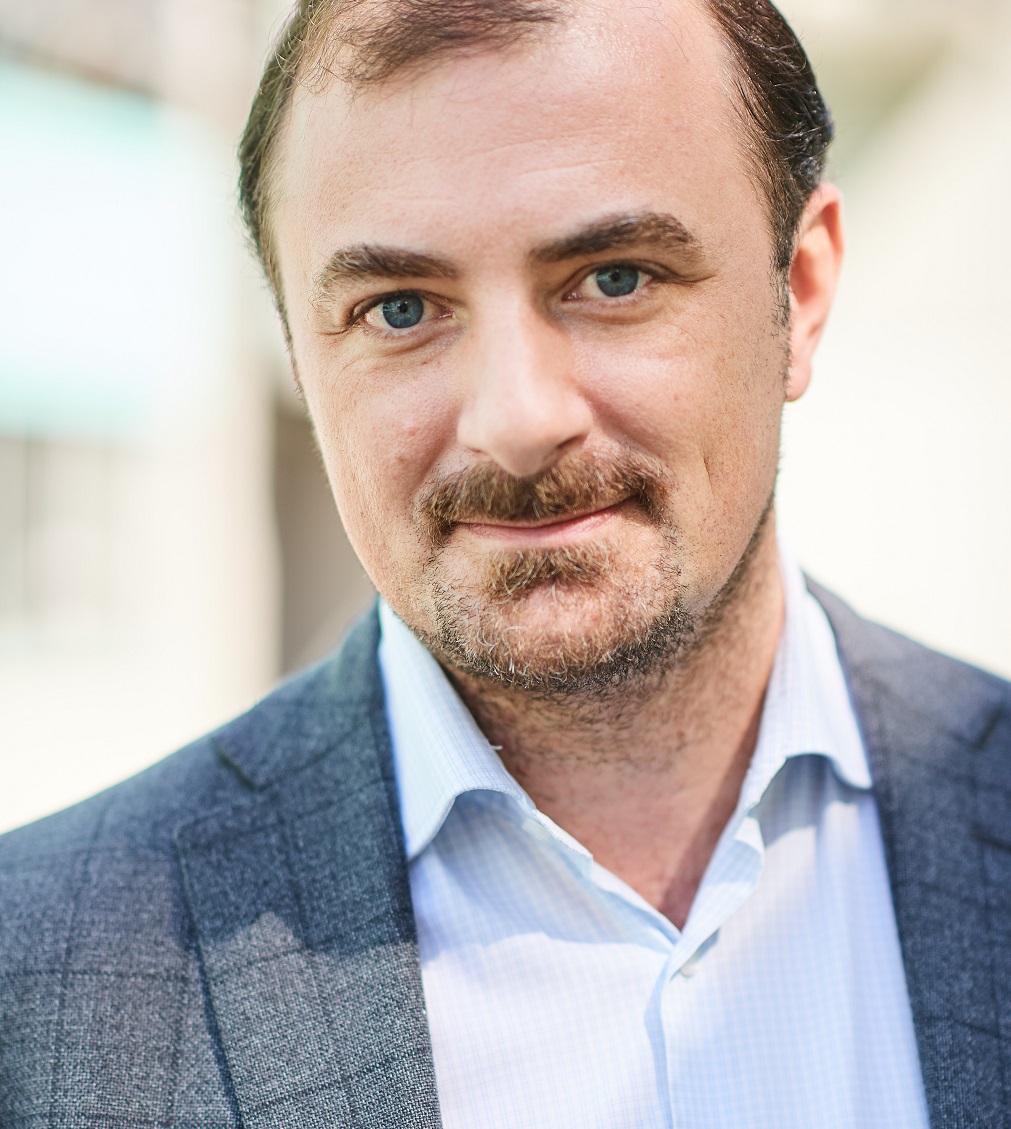
And as a bonus, Alessandro comments a few current trends in meetings…
The huge congress covering a whole specialty was booming before this crisis, wasn’t it?
There is sometimes the idea that meetings were getting bigger and bigger, where people would find all the benefit and value at the same time, but already before Covid, there was a trend to go to an additional offering of smaller events, more oriented to precise networking: events dedicated to smaller specialties or to different professional stages. An example is meetings for researchers so that they can exchange data, methodology and improve their network with collaborating centres, with an aim to improve research outcome.
Another type of segmentation is the idea of adapting to the needs of professional empowerment of the attendees. Some countries have excellent health infrastructures; others have important areas of improvement. It is important to adapt scientific content to the environment of the attendees, to improve the potential of making a difference for the patients.
Does the huge global meeting still have value, since “everyone’s there” including the top specialists?
They will be the last to come back, at least in terms of size as we know them before Covid, but they will come back. We will need some conditions to be met, such as the possibility for everyone to travel easily. All medical and scientific communities need a moment where they understand where they stand in the context of the others. In healthcare, almost all treatments need a multidisciplinary perspective, integrating different competencies. In the past, you only needed one large meeting to access all the scientific updates that a professional needed to know, now the subspecialties feel diluted in a large meeting, so you need smaller specialised meetings, with dedicated networking opportunities. But the large event still is a necessary platform to exchange and consolidate the knowledge of the specialized communities.
How do you see the difference between physical and virtual events in terms of impacts?
A congress exists for four objectives:
- Maintaining and growing the community of persons that created the event
- Content dissemination (you transmit content to an audience)
- Professional empowerment: you come back with new tools, new skills
- And the interest (in some cases commercial) of accessing the audience of an event for other groups of stakeholders (exhibitors, policy makers, press, etc.)
Physical meetings are the most effective way to put these four effects together. Virtual events have serious problems with people’s interest and attention. There are psychology studies showing our lack of attention in front of a screen. Early data about the experiences in 2020 also indicate that usually the connection to an online meeting is about two hours a day.
Some societies have opted to create an extensive library of content, transforming the event in a sort of ephemerous streaming platform. It is not clear if the members and customers of these organizations perceive this as a benefit.
We need, for the future, to think of attendance in meetings just like a sport event: there is a live event with a specific experience and, in addition, digital audiences, and we have to learn how to blend these audiences and generate revenue from the digital attendance, too. They will be less open to paying registration fees, so probably we will have to consider a model like social media where you productize the behavioural data that digital attendees generate.
A virtual congress only does one part of the full value proposition of a congress: content dissemination. Networking for the community isn’t comparable to a live event. Empowerment needs the network to work efficiently during the event. It is not a chat service next to a streaming capability, that can replace this. Meetings are the most efficient way to achieve all these results together. It is possible to do each of them separately with other channels, but you lose the multiplier effect. I think we won’t find a way to achieve these online. Networking around content while it is happening, in a situation where attendees can think critically, exchange, interact and assess how to apply their findings in their professional contexts to make a positive impact on the beneficiaries of their work. That is the powerful impact of meetings.


